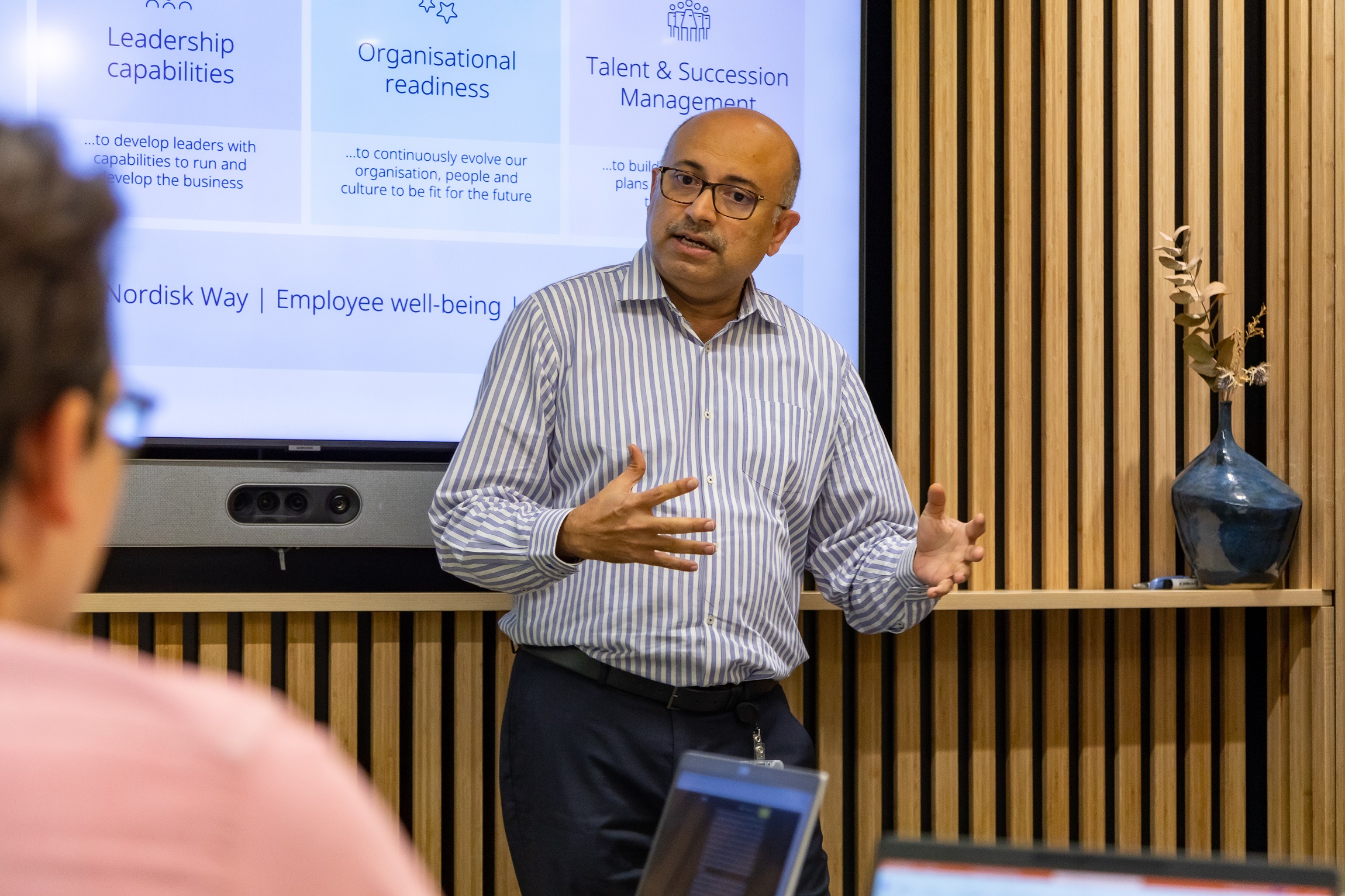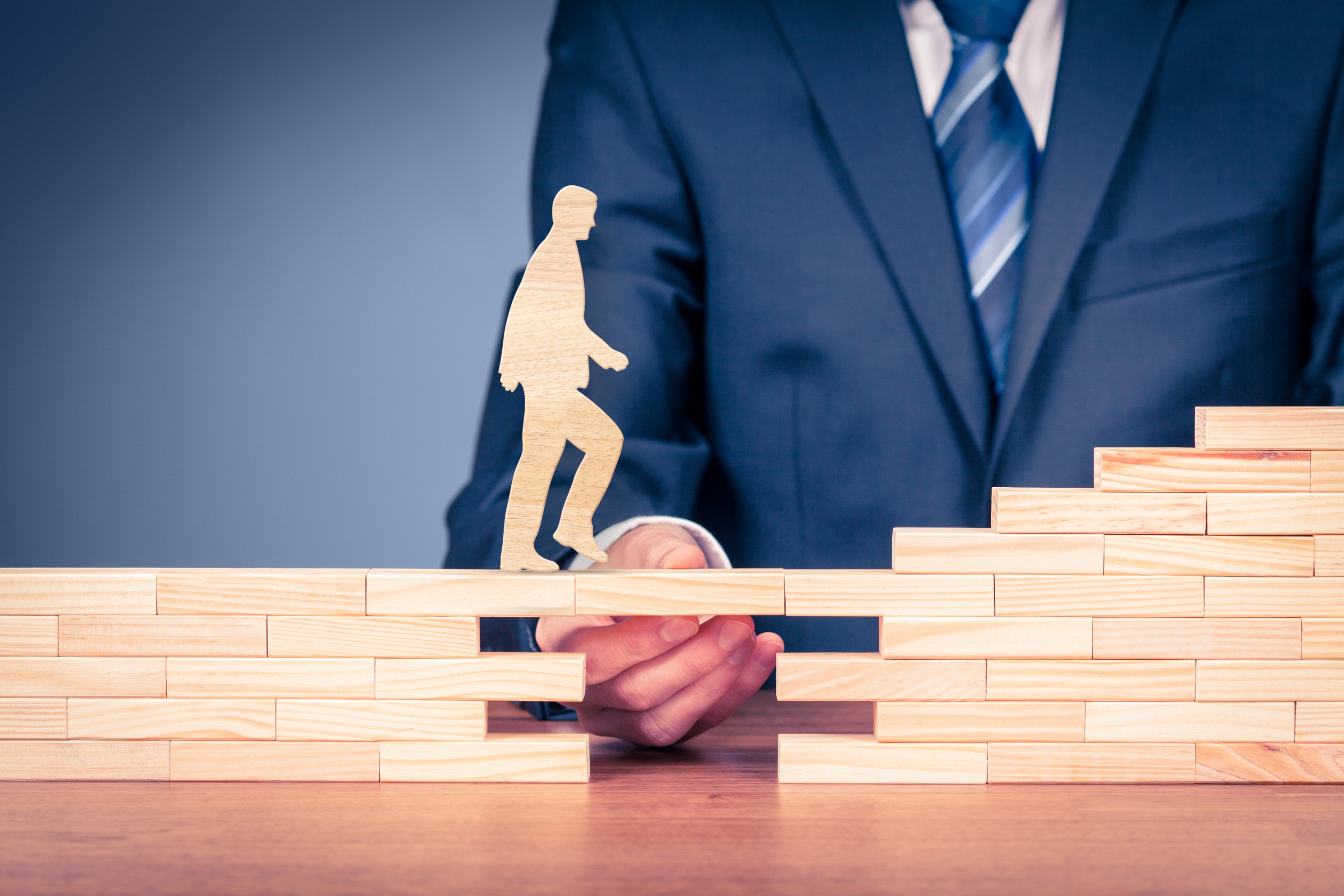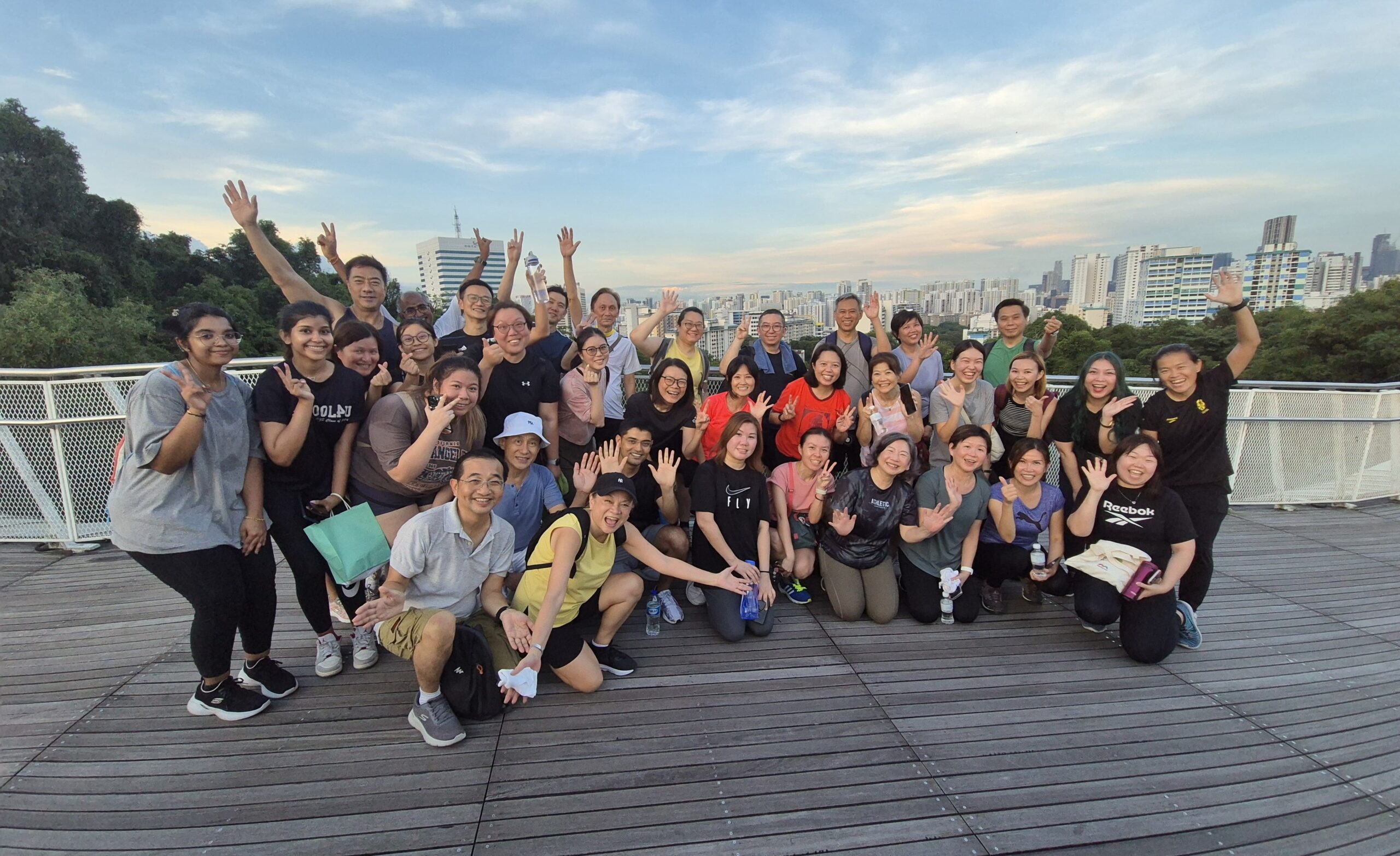Asia’s most effective workspaces revealed
- Kelvin Ong

Some of the world’s most celebrated workspaces, like Google and Facebook, have a few things in common.
Besides being architectural and interior design wonders that have spawned many copycats and changed the corporate aesthetics game; they have also given people management an all-new dimension. These pioneers have re-invented the modern-day office: Today, it is a purpose-driven, purpose-built workspace with one end-goal in mind – to get employees to do their best work while living their best lives.
What these organisations have discovered is that for employees to be working at their optimal levels all the time, employers and HR should look at more than just a highly attractive compensation and benefits package and a great career development framework.
That’s because the average white-collar worker spends some 280 days, or nearly 2,300 hours, in the office every year, equating to over 25% of their lives. So it has become increasingly important for companies not to be limited by the concept of “office hours”. They are not only splitting hairs, but also completely missing the mark: Work is now life; and life is work.
A surprising list of industries
With that line now fully blurred, it is no wonder more and more companies are spending so much time, money and energy into creating some of the world’s most stunning and compelling offices.
And it is with this in mind that this list, Asia’s Most Effective Workspaces, was created. What has been surprising is that while technology firms tend to be at the forefront of most HR-driven transformation, the 10 companies featured here are from very different industries. They include representatives of the pharmaceutical, infrastructure management, telecommunications, and advertising sectors.
One of HRM Magazine’s picks is Malaysian telecommunications giant Maxis, whose current office in downtown Kuala Lumpur was unveiled in early-2015.
For Maxis, organisational culture transformation was the main driving force behind the redesign. The company wanted to create a flatter organisation and a culture of transparency. Its head of people and organisation Adzhar Ibrahim said this would only be possible if all divisive layers were removed.
By that, he meant not only the minimisation of job titles and reporting lines, but even the complete removal of physical barriers in the form of cubicles and partitions.

Today, every employee at Maxis’s Plaza Sentral site (and every office across Malaysia) is given the same type of workstation regardless of their job scope and designation. This practice even applies to senior company leaders like CEO Morten Lundal, who sits out in the open with everyone else and regularly rotates desk spots.
Over at pharmaceutical giant GlaxoSmithKline (GSK), natural lighting and greenery seemed to have been the top design priorities. In fact, from the moment one steps into the building, it feels like they have been transported into a massive greenhouse.
The purpose of this, Dr Andrew Epaphroditus Tay Swee Kwang, Director (Health & Productivity) – Singapore, Health Share Services at GSK, says, is to stimulate positive moods and increase wakefulness among employees.
Not just limited to global players
And it’s not just the big boys that are approaching workspace design with such scientific precision.
Start-ups like Singapore e-commerce player Shopee and Indonesian transport network Go-Jek are also among the entities that have given new meaning to workplace design through innovative floor plans and clever use of home elements like beds and sofas.
Shopee, a subsidiary of Sea Group, for example, moved to its new home at Science Park after only two years at its previous location at nearby One-North.
The shift was part of the online retailer’s growing focus on cultivating talent. While the new office comes with fancier trimmings, like sleeping pods, an entertainment corner and an in-house masseuse, the overarching open-plan concept was developed around the goal of improving connectivity and collaboration among staff, and fostering a stronger internal community.
What is also noteworthy is the fact that the office refresh took place simultaneously across all Shopee offices in the region.

For Go-Jek, one of Indonesia’s most successful start-ups in recent years, the design emphasis was clear: To make employees feel at home in the office.
Parts of the premises were designed to feel and look like a living room, allowing staff to use those spaces when they prefer to work in a more relaxing environment.
Regardless of whether they are a large multinational or an emerging technology start-up, these organisations show that the key to unlocking employees’ full potential is sometimes hidden in the little touches. Something as simple as a sofa could just be what was missing all along.
GSK (Singapore) | Leo Burnett (Hong Kong) | Shopee (Singapore) |
Go-Jek (Jakarta, Indonesia) | Microsoft (Hong Kong)|
CBRE (Tokyo, Japan) | Changi Airport Group (Singapore)
Maxis (Kuala Lumpur, Malaysia) | Airbnb (Tokyo, Japan) | Tableau (Singapore)







